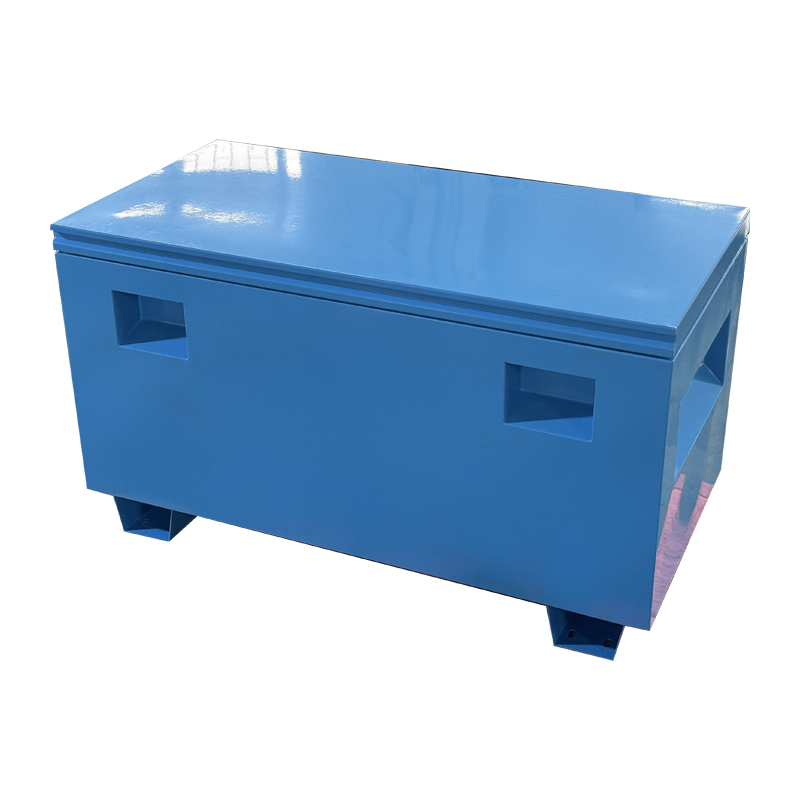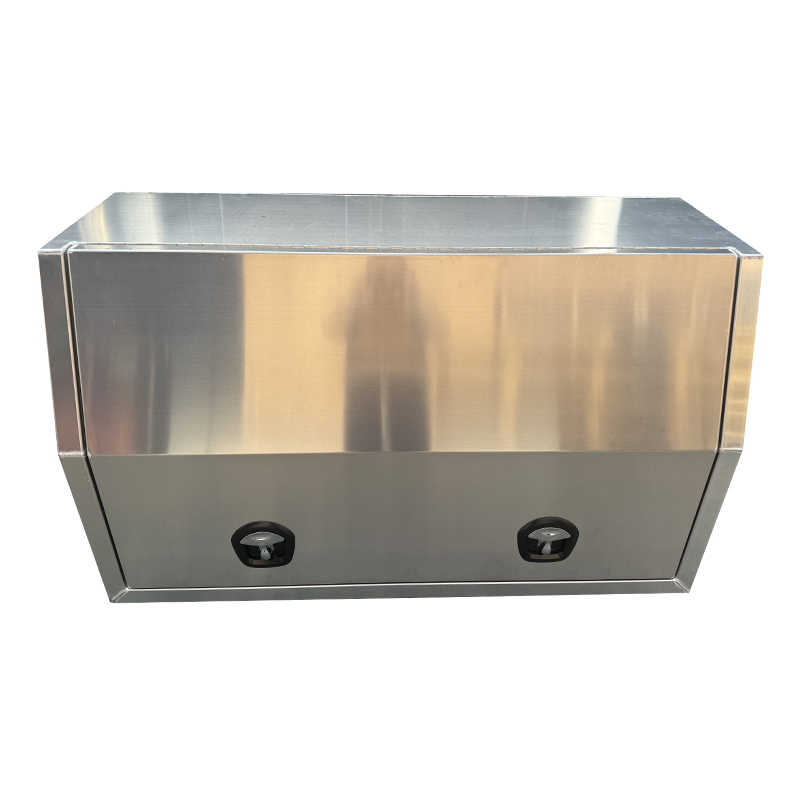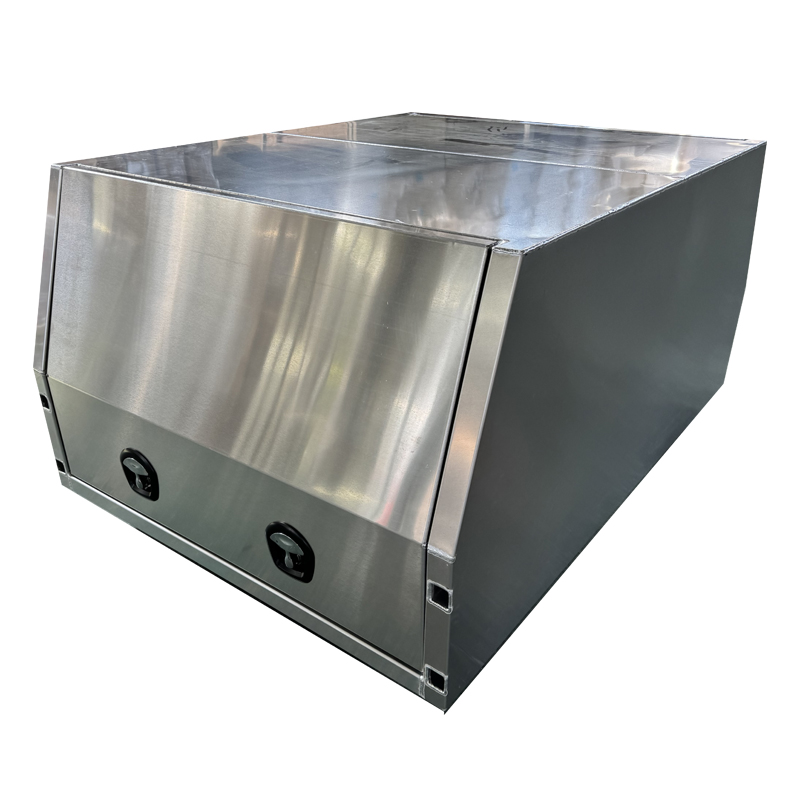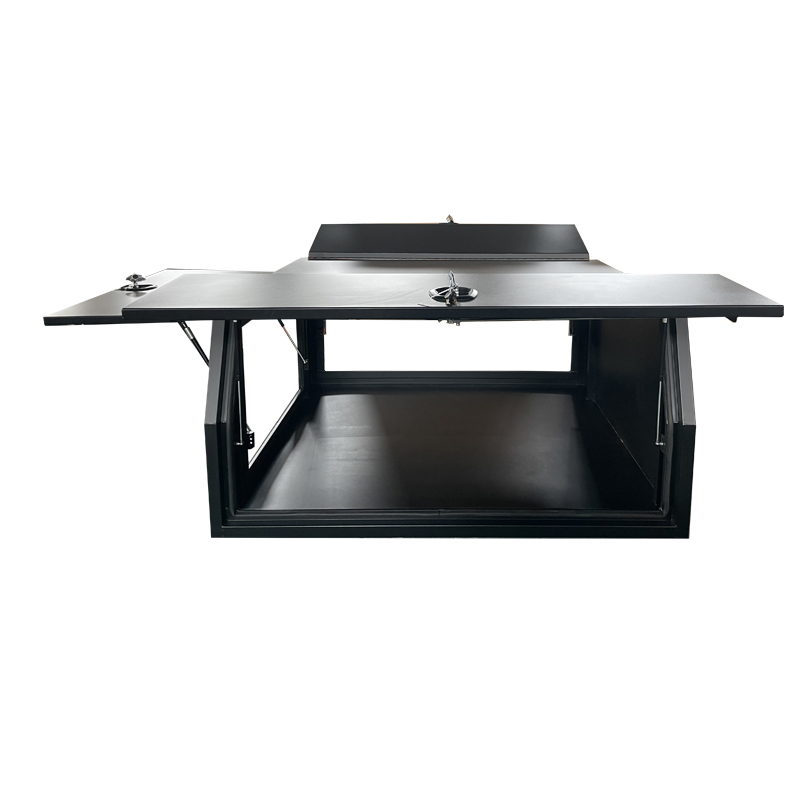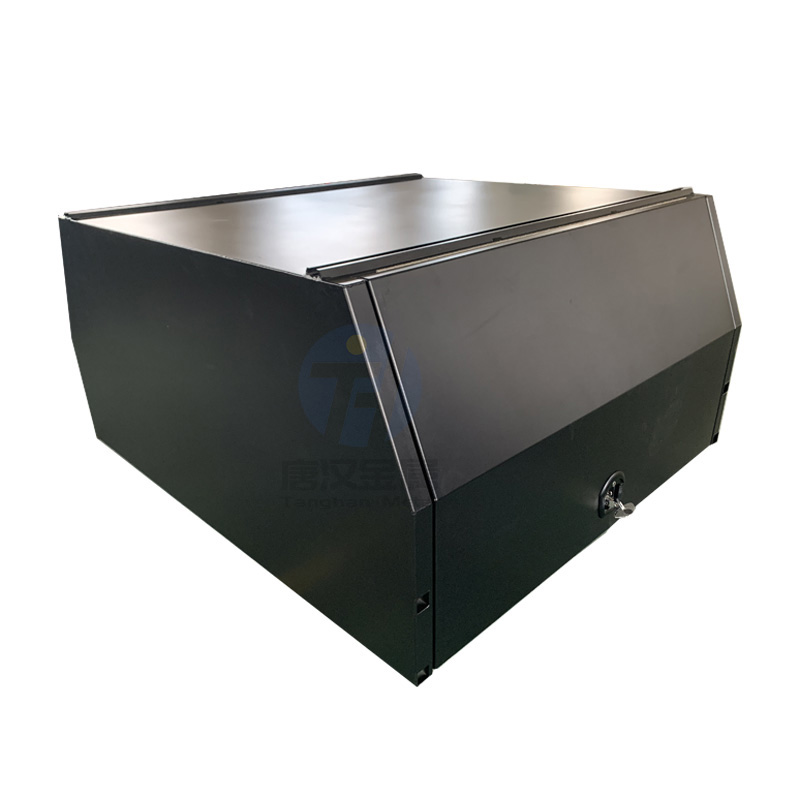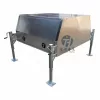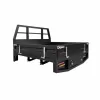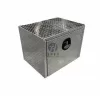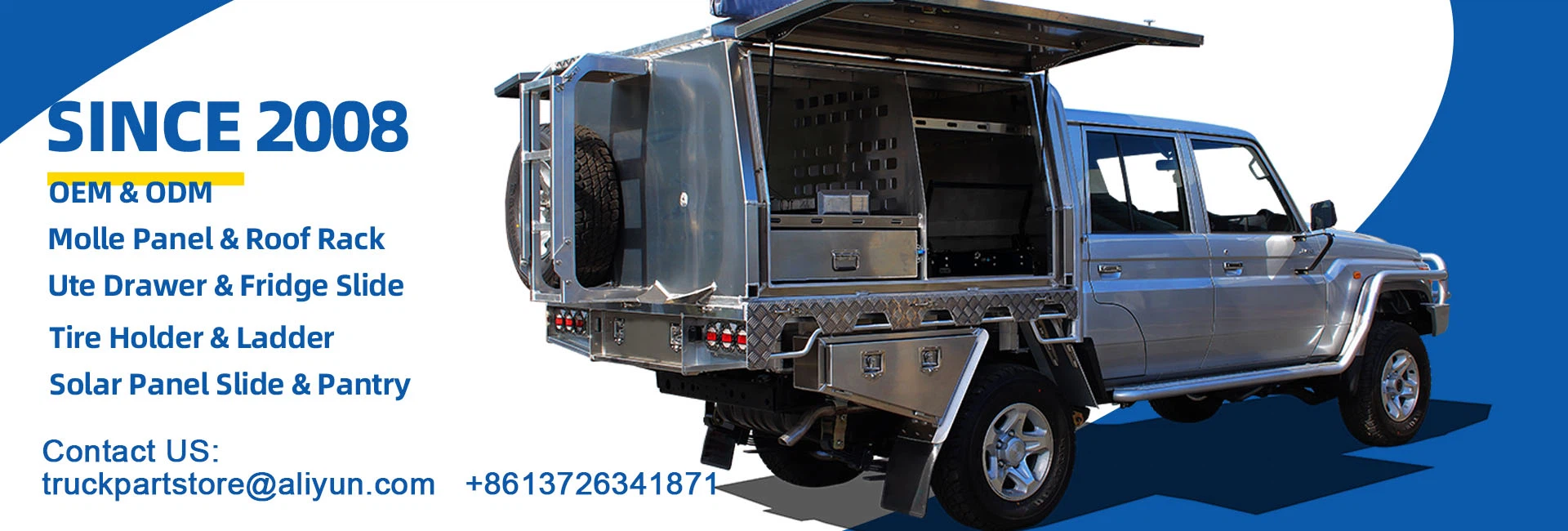
The bending problem of sheet metal processing
Jul 13, 2020
The bending process in sheet metal processing is a commonly used process in sheet metal parts, and bending often encounters some problems, such as uneven bending edges, scratches on the surface during bending, and bending There are cracks in the corners, which are a problem encountered during these bending. If you want to process good quality sheet metal parts, then the bending process needs to be done well. Let's take a look at some bending problems and how to deal with them.
1. The bending edge of the sheet metal parts is not straight and the size is wrong.
Generally, there are several reasons for this problem, one design process does not arrange crimping or pre-bending. Second, the material pressure is not enough. There is also asymmetric wear of the convex and concave die fillet or uneven bending force. Too small height dimensions can also cause this problem.
Solution:
Design line pressing or pre-bending process to increase pressing force. The convex and concave molds have uniform clearance and rounded corners are polished. The height dimension cannot be less than the minimum limit dimension
2.The outer surface of the sheet metal part is scratched after bending
If the surface of the sheet metal is scratched after bending, the cause of this problem is that the surface of the raw material is not smooth. The bending radius of the punch is too small; the bending gap is too small
Solution: Improve the smoothness of the convex and concave mold; increase the bending radius of the convex mold; adjust the bending gap
3.There is a crack in the bending corner when bending
There are cracks in the bending angle mostly because the inner radius of the bending is too small; the material pattern is parallel to the bending line; the burr of the blank faces outward; the metal has poor plasticity
Solution: Increase the bending radius of the punch; change the blanking layout; change the burr to the inner corner of the workpiece; annealing or use soft materials
4.The bending of sheet metal parts causes hole deformation
The reason for this problem is that when elastic bending is used and the hole is positioned, the outer side of the curved arm is pulled due to the friction between the surface of the die and the outer surface of the workpiece, and the positioning hole is deformed.
Solution: adopt shape bending; increase the pressure of the ejector plate; add pitting grid pattern on the ejector plate to increase the friction and prevent the part from slipping when bending
5.The extruded material on the curved surface becomes thinner during sheet metal processing and bending
Reasons: The corners of the die are too small; the gap between the convex and concave die is too small
Solution: Increase the corner radius of the die; modify the gap between the convex and concave die


